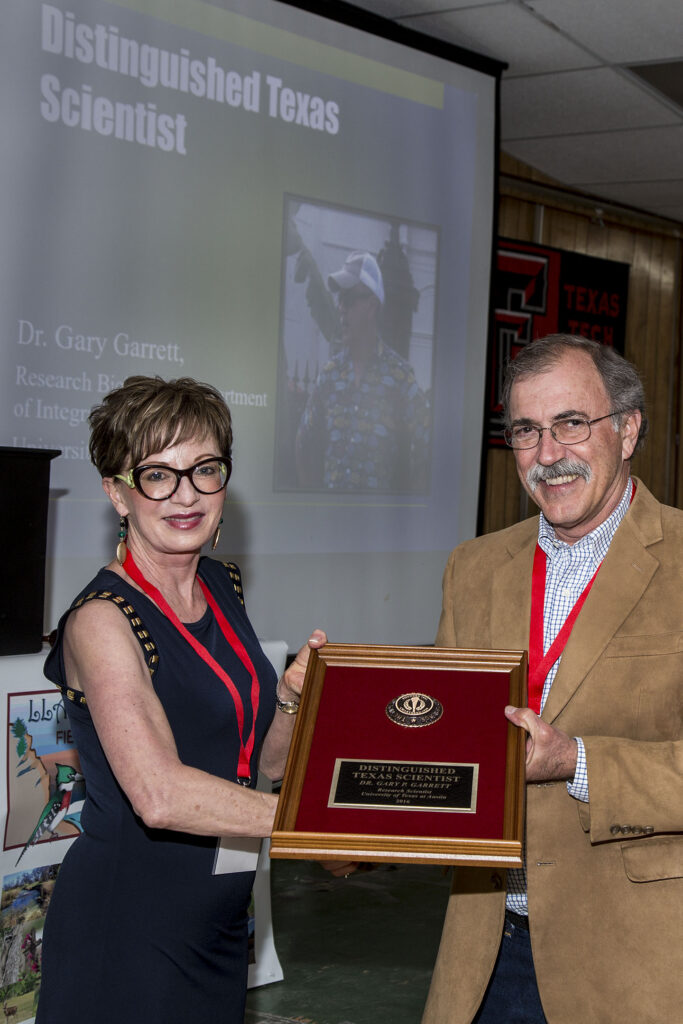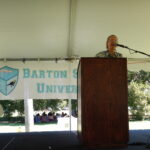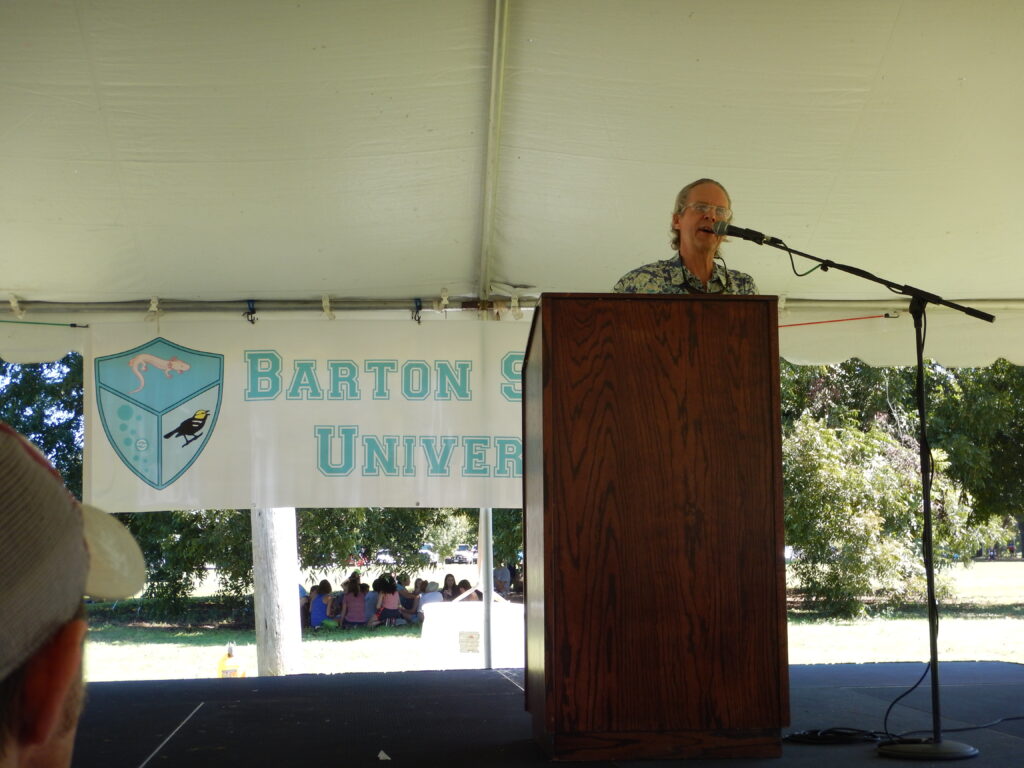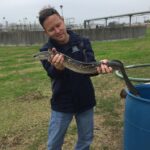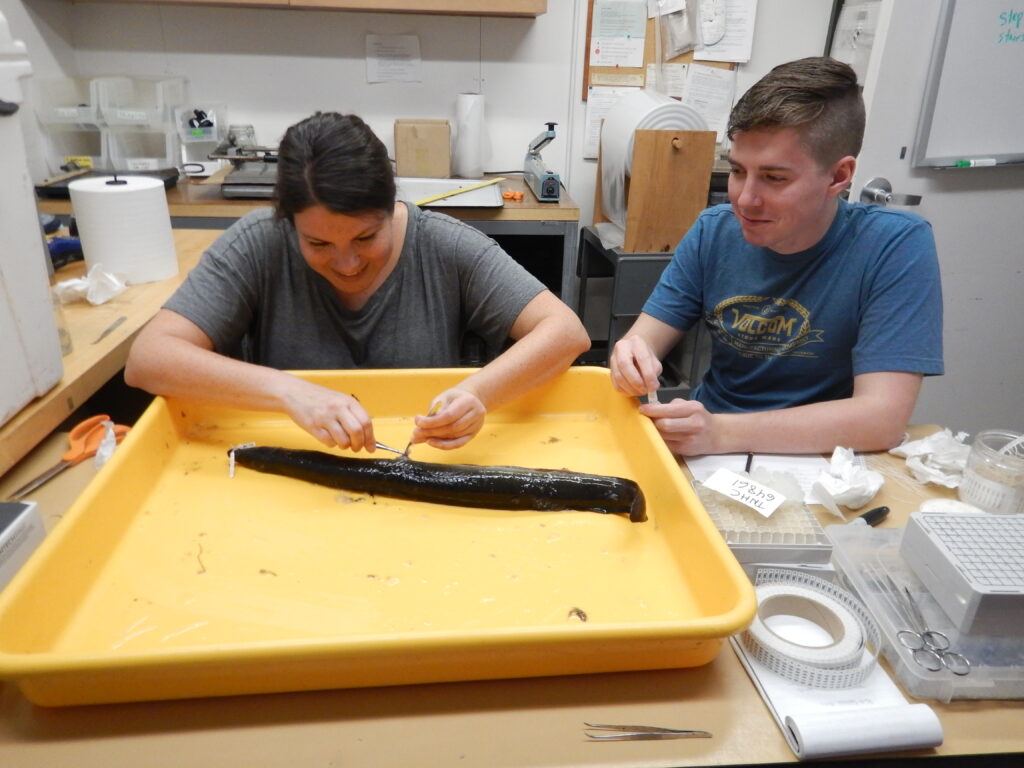August 26, 2015
The Southeast Aquatic Resources Partnership just funded us to work with Texas Parks and Wildlife Department and aquatic conservation “stakeholders” throughout the US Great Plains for a project called “Watershed-Based Conservation Planning to Inform Selection and Implementation of a Network of Native Fish Conservation Areas in the Great Plains”
See also: native fish conservation areas





